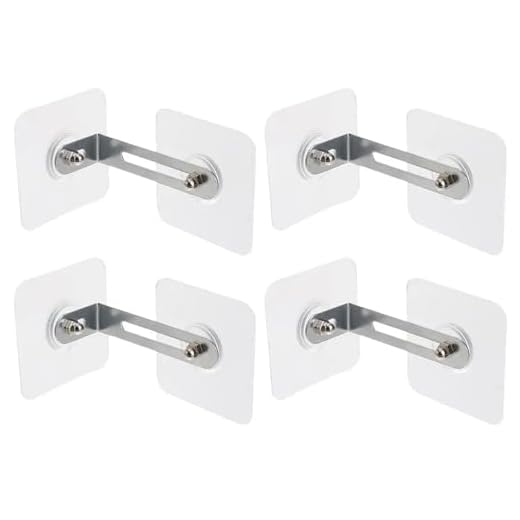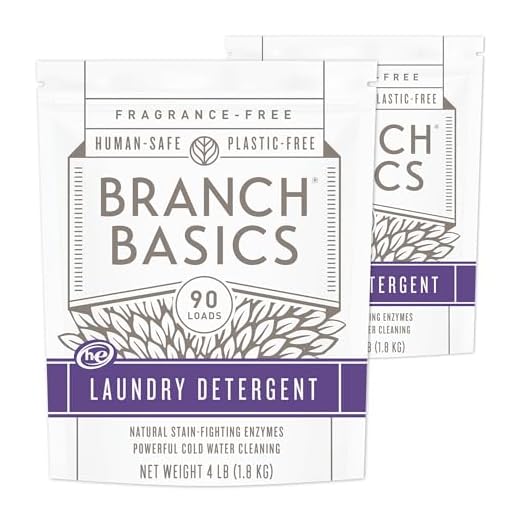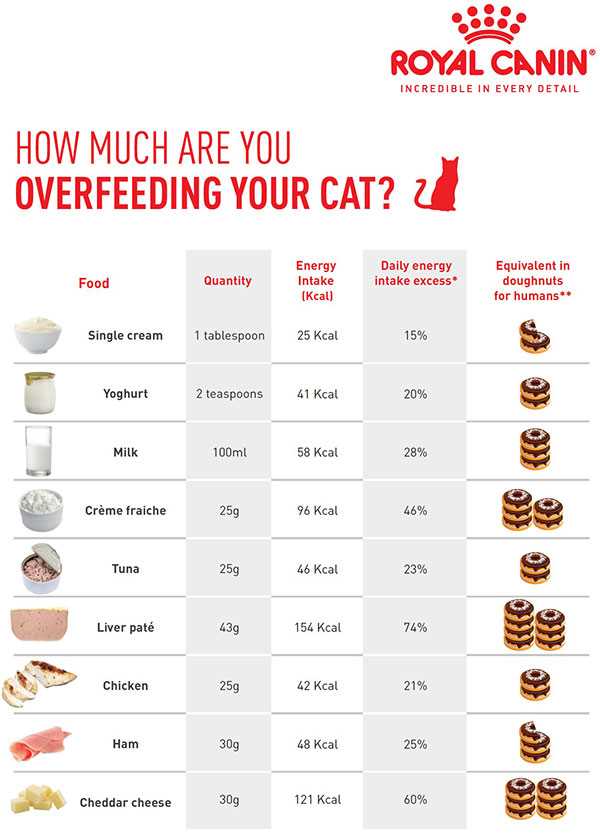



First things first, secure those delicate items. Move fragile decorations and breakables to higher shelves or enclosed cabinets. I may be cute, but a playful swipe can turn a vase into a pile of shards.
Next, consider the plants. Many common houseplants are toxic to cats. Replace them with cat-friendly options like spider plants or cat grass. Check for hidden dangers, ensuring everything within paw reach is safe.
Wires and cords need attention too. Invest in cord protectors or hide them behind furniture to prevent chewing. A tangled mess of wires can be tempting for a curious kitty like me.
Designate a safe play area. Provide scratching posts and toys to keep me entertained. This minimizes my desire to explore potentially dangerous zones of your living quarters.
Finally, be mindful of small objects. Items like rubber bands, paper clips, and buttons can become choking hazards. Keep those tucked away to ensure a safe environment.
Creating a Safe Environment for Play
Remove any dangling cords or cables that can be tempting for a playful paw. Instead, use cord organizers or cable clips to keep everything secured and out of reach. This prevents accidental entanglement and potential hazards.
Furniture Management
Secure heavy furniture to walls with anti-tip brackets. This prevents tipping during those enthusiastic leaps. Consider using corner protectors on sharp furniture edges to avoid injuries during playful antics.
Toxic Plants and Foods
Eliminate all toxic plants from the living space. Common culprits include lilies, poinsettias, and philodendrons. Store any human food in closed cabinets, as many items can be harmful. Always double-check what’s safe before sharing a snack.
Invest in sturdy shelves or cat trees for climbing, satisfying the need for vertical exploration without risking accidents with fragile decor.
Identify and Remove Potential Hazards for Your Feline Friend
Begin with securing toxic plants. Common houseplants like lilies and philodendrons can be harmful. Replace them with cat-safe varieties such as spider plants or catnip.
Common Household Dangers
- Cleaning supplies: Store all cleaners and detergents in locked cabinets. Even a small spill can be harmful.
- Electrical cords: Use cord protectors to prevent chewing. Wires can pose choking hazards or cause electrocution.
- Small objects: Keep items like coins, rubber bands, and strings out of reach to avoid choking.
Kitchen Precautions
- Food restrictions: Ensure that human food such as chocolate, onions, and grapes are securely stored away.
- Trash cans: Use covered bins to prevent rummaging and ingestion of harmful materials.
- Hot surfaces: Close the oven and stovetop when not in use. Cats are curious and could get burned.
Conduct regular inspections throughout the living space. Look for places where I could squeeze through or climb up to access high shelves. Safety first!
Secure Toxic Plants and Chemicals in Your Living Space
Ensure all toxic plants are out of reach or removed entirely. Common indoor plants like lilies, poinsettias, and philodendrons can be harmful. Opt for cat-safe alternatives like spider plants or Boston ferns. Store any chemicals, such as cleaning supplies and medications, in locked cabinets or high shelves.
Regularly check your environment for new additions that may pose risks. If you receive flowers, confirm their safety before bringing them inside. Familiarize yourself with the ASPCA’s list of toxic and non-toxic plants for cats.
Be cautious with household items. Items like antifreeze and certain essential oils can be hazardous. Use childproof containers for storage and prioritize natural cleaning solutions when possible.
In the unfortunate event of ingestion, contact your veterinarian immediately. Costs for treatments, such as how much is a cat abortion, can be significant, so prevention is key. Keep emergency contact numbers handy for quick access.
For senior felines, consider their dietary needs. If you’re wondering what can I give my senior cat to gain weight, focus on high-quality, digestible foods. Always ensure their eating environment is safe and free from harmful substances.
Designate Safe Areas for Play and Rest
Creating specific zones for play and relaxation is key for any feline. Choose a quiet corner of the room, away from foot traffic, to set up a cozy bed or a soft blanket. Include some of my favorite toys nearby to make it inviting. Consider using a cat tree or shelving for climbing and perching, as vertical space offers enrichment and a sense of security.
Play Zone Essentials
In the play area, incorporate scratching posts and interactive toys. Rotate toys regularly to maintain interest and prevent boredom. Avoid items that can easily break or pose choking hazards. Ensure that the space is free of sharp edges, small objects, or anything that could be harmful during playtime.
Restful Retreats
For relaxation, opt for a warm, secluded spot with minimal disturbances. A covered cat bed or a box can provide a sense of safety. Adding familiar scents, like a piece of my owner’s clothing, can enhance comfort. Make sure these areas remain quiet, so I can recharge without interruptions.
Video:
First things first, secure those delicate items. Move fragile decorations and breakables to higher shelves or enclosed cabinets. I may be cute, but a playful swipe can turn a vase into a pile of shards.
Next, consider the plants. Many common houseplants are toxic to cats. Replace them with cat-friendly options like spider plants or cat grass. Check for hidden dangers, ensuring everything within paw reach is safe.
Wires and cords need attention too. Invest in cord protectors or hide them behind furniture to prevent chewing. A tangled mess of wires can be tempting for a curious kitty like me.
Designate a safe play area. Provide scratching posts and toys to keep me entertained. This minimizes my desire to explore potentially dangerous zones of your living quarters.
Finally, be mindful of small objects. Items like rubber bands, paper clips, and buttons can become choking hazards. Keep those tucked away to ensure a safe environment.
Creating a Safe Environment for Play
Remove any dangling cords or cables that can be tempting for a playful paw. Instead, use cord organizers or cable clips to keep everything secured and out of reach. This prevents accidental entanglement and potential hazards.
Furniture Management
Secure heavy furniture to walls with anti-tip brackets. This prevents tipping during those enthusiastic leaps. Consider using corner protectors on sharp furniture edges to avoid injuries during playful antics.
Toxic Plants and Foods
Eliminate all toxic plants from the living space. Common culprits include lilies, poinsettias, and philodendrons. Store any human food in closed cabinets, as many items can be harmful. Always double-check what’s safe before sharing a snack.
Invest in sturdy shelves or cat trees for climbing, satisfying the need for vertical exploration without risking accidents with fragile decor.
Identify and Remove Potential Hazards for Your Feline Friend
Begin with securing toxic plants. Common houseplants like lilies and philodendrons can be harmful. Replace them with cat-safe varieties such as spider plants or catnip.
Common Household Dangers
- Cleaning supplies: Store all cleaners and detergents in locked cabinets. Even a small spill can be harmful.
- Electrical cords: Use cord protectors to prevent chewing. Wires can pose choking hazards or cause electrocution.
- Small objects: Keep items like coins, rubber bands, and strings out of reach to avoid choking.
Kitchen Precautions
- Food restrictions: Ensure that human food such as chocolate, onions, and grapes are securely stored away.
- Trash cans: Use covered bins to prevent rummaging and ingestion of harmful materials.
- Hot surfaces: Close the oven and stovetop when not in use. Cats are curious and could get burned.
Conduct regular inspections throughout the living space. Look for places where I could squeeze through or climb up to access high shelves. Safety first!
Secure Toxic Plants and Chemicals in Your Living Space
Ensure all toxic plants are out of reach or removed entirely. Common indoor plants like lilies, poinsettias, and philodendrons can be harmful. Opt for cat-safe alternatives like spider plants or Boston ferns. Store any chemicals, such as cleaning supplies and medications, in locked cabinets or high shelves.
Regularly check your environment for new additions that may pose risks. If you receive flowers, confirm their safety before bringing them inside. Familiarize yourself with the ASPCA’s list of toxic and non-toxic plants for cats.
Be cautious with household items. Items like antifreeze and certain essential oils can be hazardous. Use childproof containers for storage and prioritize natural cleaning solutions when possible.
In the unfortunate event of ingestion, contact your veterinarian immediately. Costs for treatments, such as how much is a cat abortion, can be significant, so prevention is key. Keep emergency contact numbers handy for quick access.
For senior felines, consider their dietary needs. If you’re wondering what can I give my senior cat to gain weight, focus on high-quality, digestible foods. Always ensure their eating environment is safe and free from harmful substances.
Designate Safe Areas for Play and Rest
Creating specific zones for play and relaxation is key for any feline. Choose a quiet corner of the room, away from foot traffic, to set up a cozy bed or a soft blanket. Include some of my favorite toys nearby to make it inviting. Consider using a cat tree or shelving for climbing and perching, as vertical space offers enrichment and a sense of security.
Play Zone Essentials
In the play area, incorporate scratching posts and interactive toys. Rotate toys regularly to maintain interest and prevent boredom. Avoid items that can easily break or pose choking hazards. Ensure that the space is free of sharp edges, small objects, or anything that could be harmful during playtime.
Restful Retreats
For relaxation, opt for a warm, secluded spot with minimal disturbances. A covered cat bed or a box can provide a sense of safety. Adding familiar scents, like a piece of my owner’s clothing, can enhance comfort. Make sure these areas remain quiet, so I can recharge without interruptions.
Video:
First things first, secure those delicate items. Move fragile decorations and breakables to higher shelves or enclosed cabinets. I may be cute, but a playful swipe can turn a vase into a pile of shards.
Next, consider the plants. Many common houseplants are toxic to cats. Replace them with cat-friendly options like spider plants or cat grass. Check for hidden dangers, ensuring everything within paw reach is safe.
Wires and cords need attention too. Invest in cord protectors or hide them behind furniture to prevent chewing. A tangled mess of wires can be tempting for a curious kitty like me.
Designate a safe play area. Provide scratching posts and toys to keep me entertained. This minimizes my desire to explore potentially dangerous zones of your living quarters.
Finally, be mindful of small objects. Items like rubber bands, paper clips, and buttons can become choking hazards. Keep those tucked away to ensure a safe environment.
Creating a Safe Environment for Play
Remove any dangling cords or cables that can be tempting for a playful paw. Instead, use cord organizers or cable clips to keep everything secured and out of reach. This prevents accidental entanglement and potential hazards.
Furniture Management
Secure heavy furniture to walls with anti-tip brackets. This prevents tipping during those enthusiastic leaps. Consider using corner protectors on sharp furniture edges to avoid injuries during playful antics.
Toxic Plants and Foods
Eliminate all toxic plants from the living space. Common culprits include lilies, poinsettias, and philodendrons. Store any human food in closed cabinets, as many items can be harmful. Always double-check what’s safe before sharing a snack.
Invest in sturdy shelves or cat trees for climbing, satisfying the need for vertical exploration without risking accidents with fragile decor.
Identify and Remove Potential Hazards for Your Feline Friend
Begin with securing toxic plants. Common houseplants like lilies and philodendrons can be harmful. Replace them with cat-safe varieties such as spider plants or catnip.
Common Household Dangers
- Cleaning supplies: Store all cleaners and detergents in locked cabinets. Even a small spill can be harmful.
- Electrical cords: Use cord protectors to prevent chewing. Wires can pose choking hazards or cause electrocution.
- Small objects: Keep items like coins, rubber bands, and strings out of reach to avoid choking.
Kitchen Precautions
- Food restrictions: Ensure that human food such as chocolate, onions, and grapes are securely stored away.
- Trash cans: Use covered bins to prevent rummaging and ingestion of harmful materials.
- Hot surfaces: Close the oven and stovetop when not in use. Cats are curious and could get burned.
Conduct regular inspections throughout the living space. Look for places where I could squeeze through or climb up to access high shelves. Safety first!
Secure Toxic Plants and Chemicals in Your Living Space
Ensure all toxic plants are out of reach or removed entirely. Common indoor plants like lilies, poinsettias, and philodendrons can be harmful. Opt for cat-safe alternatives like spider plants or Boston ferns. Store any chemicals, such as cleaning supplies and medications, in locked cabinets or high shelves.
Regularly check your environment for new additions that may pose risks. If you receive flowers, confirm their safety before bringing them inside. Familiarize yourself with the ASPCA’s list of toxic and non-toxic plants for cats.
Be cautious with household items. Items like antifreeze and certain essential oils can be hazardous. Use childproof containers for storage and prioritize natural cleaning solutions when possible.
In the unfortunate event of ingestion, contact your veterinarian immediately. Costs for treatments, such as how much is a cat abortion, can be significant, so prevention is key. Keep emergency contact numbers handy for quick access.
For senior felines, consider their dietary needs. If you’re wondering what can I give my senior cat to gain weight, focus on high-quality, digestible foods. Always ensure their eating environment is safe and free from harmful substances.
Designate Safe Areas for Play and Rest
Creating specific zones for play and relaxation is key for any feline. Choose a quiet corner of the room, away from foot traffic, to set up a cozy bed or a soft blanket. Include some of my favorite toys nearby to make it inviting. Consider using a cat tree or shelving for climbing and perching, as vertical space offers enrichment and a sense of security.
Play Zone Essentials
In the play area, incorporate scratching posts and interactive toys. Rotate toys regularly to maintain interest and prevent boredom. Avoid items that can easily break or pose choking hazards. Ensure that the space is free of sharp edges, small objects, or anything that could be harmful during playtime.
Restful Retreats
For relaxation, opt for a warm, secluded spot with minimal disturbances. A covered cat bed or a box can provide a sense of safety. Adding familiar scents, like a piece of my owner’s clothing, can enhance comfort. Make sure these areas remain quiet, so I can recharge without interruptions.










